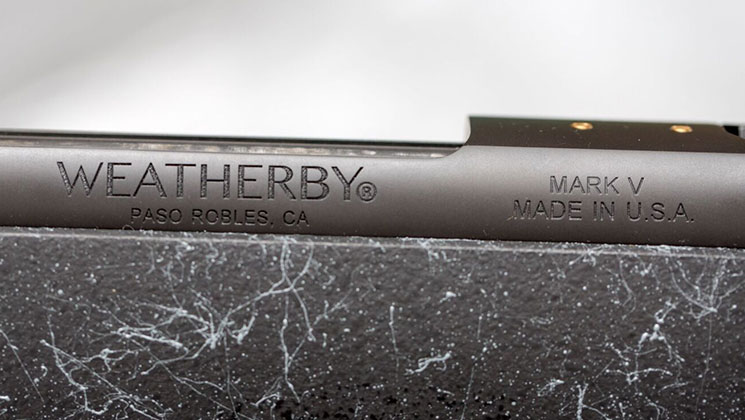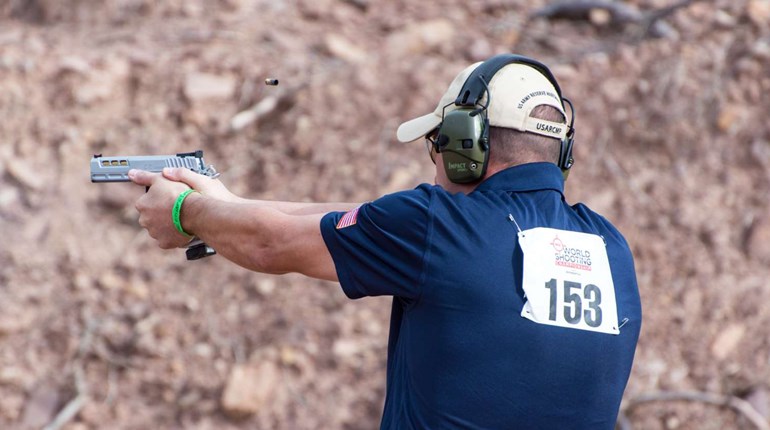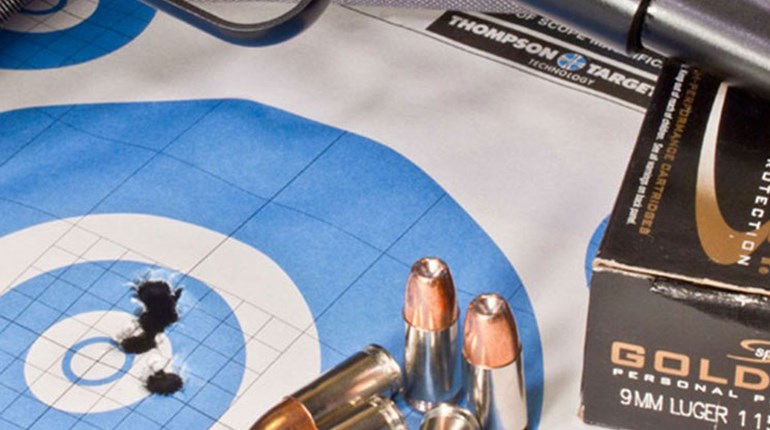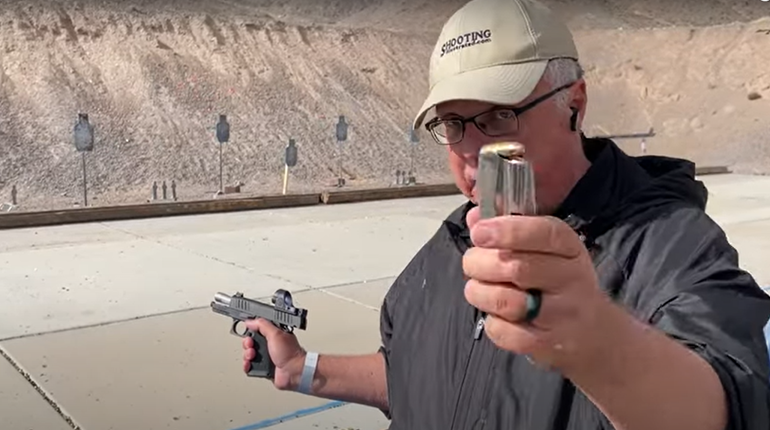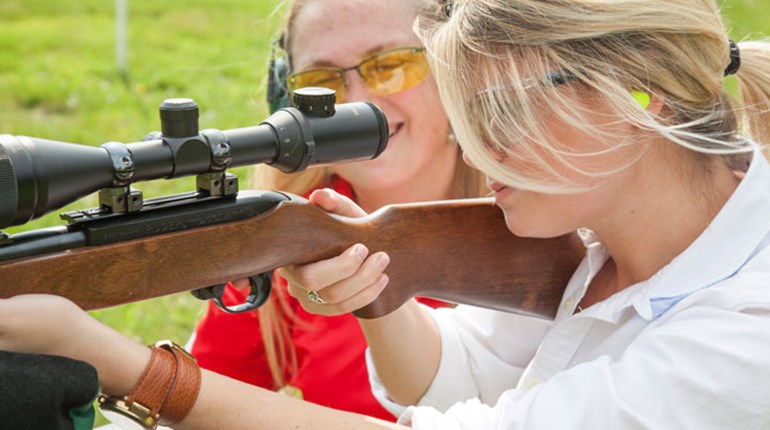
Since 1958, Roy Weatherby’s darling, his namesake Mark V rifle, has changed very little, and that’s one of the reasons it’s so recognizable. A robust action, sharp pistol grip, square fore-end and rich wood stock were just a few of the traits that has defined the Mark V across generations of hunters. For 2016, Weatherby has introduced several tweaks to its flagship New Mark V that will allow it to remain relevant in today’s hyper-competitive market.
Here are five things you need to know about the "New" Weatherby Mark V.
1. It has a slimmer fore-end.
Most shooters either loved Weatherby’s square, elongated fore-end for its easy-to-rest properties and distinctive looks, or they hated it because it was angular, thick and not conducive to a saddle scabbard. The New Mark V’s stock has been whittled down so it’s slightly faster handling, while keeping the model’s angular look.
2. It has a new trigger.
Perhaps most significantly, the Mark V’s trigger has been replaced with an adjustable, polished job that the company calls its LXX trigger. It features a wider shoe that effectively works to give the shooters a perceived lighter pull by placing more of the finger in contact with it. It’s adjustable down to 2.5 pounds, and feels as crisp as dry crackers.
3. It has a fluted bolt body.
Flutes on the bolt reduce surface contact with the bolt, thereby producing less friction, and allowing a channel for dirt and to fall into if present. The result is a bolt that feels smoother and doesn’t bind in the fact of a little grime.
4. It has a short bolt lift.
A 54-degree bolt throw is one of the shortest on the market. As such, it may be slightly faster, and more importantly, allows clearance with large diameter optics.
5. It has a cocking indicator.
A small red tab behind the action on the tang instantly shows the shooter if he’s dealing with a cocked rifle—an important feature for those hunters who like to carry the rifle loaded but uncocked.
